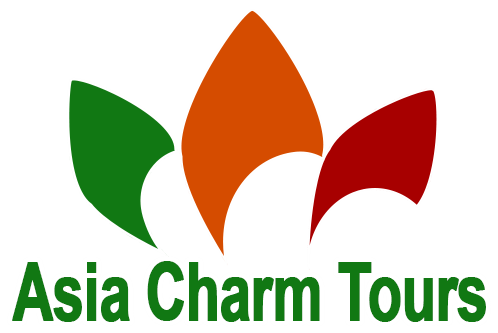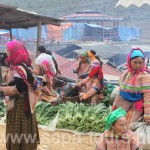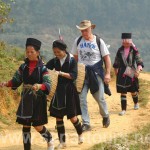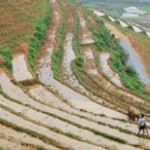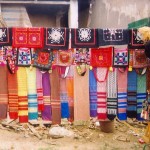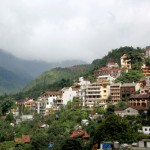Profitable Tourism through Information Quality and Community Partnership
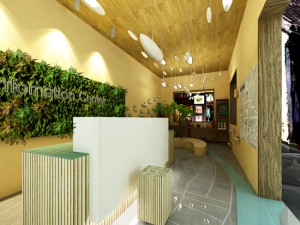 What speaks several languages and always has the scoop on what’s happening in Central Vietnam? The answer is Hoi An’s new Tourist Information Centre. The site operated for several years purely selling tickets to Hoi An’s many heritage attractions and will re-open in April 2013 as an information center with an innovative facelift which includes creative installations by local craft artisans, Wi-Fi access and a chill out area.
What speaks several languages and always has the scoop on what’s happening in Central Vietnam? The answer is Hoi An’s new Tourist Information Centre. The site operated for several years purely selling tickets to Hoi An’s many heritage attractions and will re-open in April 2013 as an information center with an innovative facelift which includes creative installations by local craft artisans, Wi-Fi access and a chill out area.
UNESCO has partnered with ERST Programme to ensure that the renovation extends beyond just a physical facelift and includes support to develop the on-going management and servicing plan of the centre and intensive training programmes on tourism service quality with the staff and local community. It can further draw upon the support of the ILO Inland Tourism project to showcase Responsible Tourism products in the center with both tourists and hosts in mind.
Often the first encounter a visitor will have with a site is through the information centre, where visitors will form initial impressions. Therefore, it’s important to see a centre as more than a ticket office but as an educational facility that could also create significant social benefits. Promoting Responsible Tourism products with the help of an information centre shows a destination’s commitment to sustainability and helping distinguish (brand) the destination as a “good” place to visit. How well the centre creates these benefits will depend on many factors, such as the quality of the exhibits, the training of the staff and most importantly, the involvement and partnership of the local community.
A set of minimum standards and certification for Tourist Information Centers could even better help improving the tourist experience and maintaining a good information quality, while basic requirements should be met, such as sufficient signs for a better orientation of the information centre on access roads, barrier-free access to the tourist information, public toilet inside the centre or close-by, sufficient qualified service staff and available basic tourist information about the destination and attractions.
The goal of this renovation and community partnership is not only to improve the Hoi An visitors’ experience but to build a tangible example which can be replicated to other destinations in Vietnam and inform them on how culturally appropriate and cost-effective planning, interpretation and management encourages tourists to stay longer, spend more money locally, experience more attractions and revisit the region.
Source: vietnamtourism.gov.vn
Also see:
- Hanoi’s traditional craft villages join World Crafts Network
- Yen Tu Spring Festival opens
- Hon Dung community tourism village recognized
- Sapa Việt Nam’s mountain range in top place to travel in 2019
- The Southern Fruit Festival 2017 will last for 3 months
- Cheo plays to grace Ha Noi stage every Saturday
- Vietnam among top 10 budget honeymoons: Lonely Planet
- Celebrate Lunar New Year in Sapa
- Ideal Places For Travelling By Motorbike In Vietnam
- Da Lat And Sa Pa Among Best New Destinations In Asia
- Homestay in Ta Van Village, Sapa
- Thang co’ – A traditional dish of Mong ethnic group


